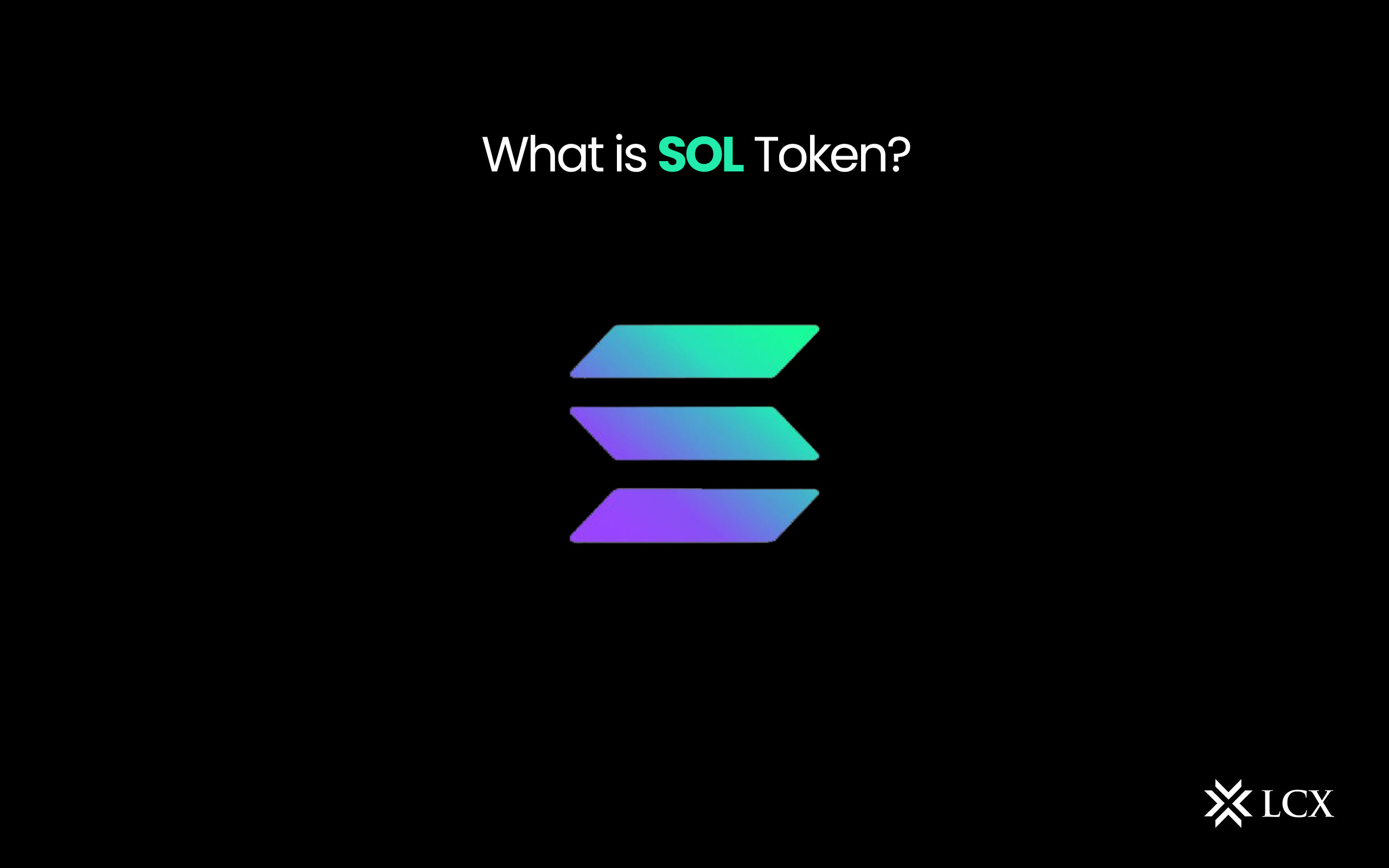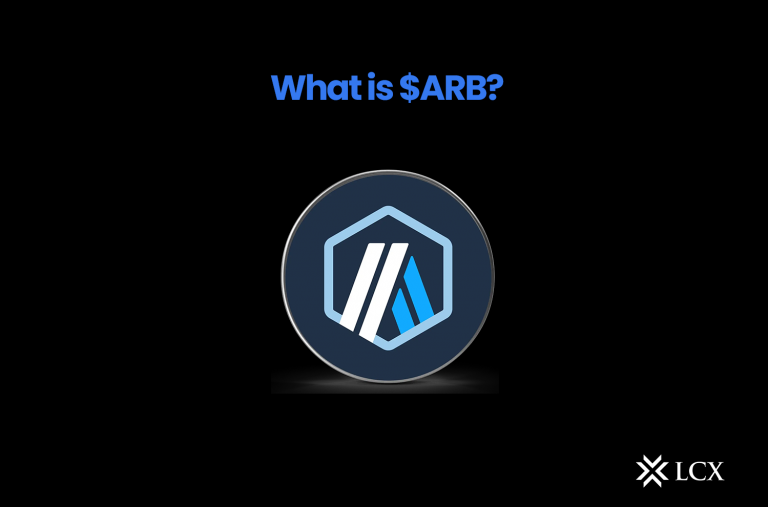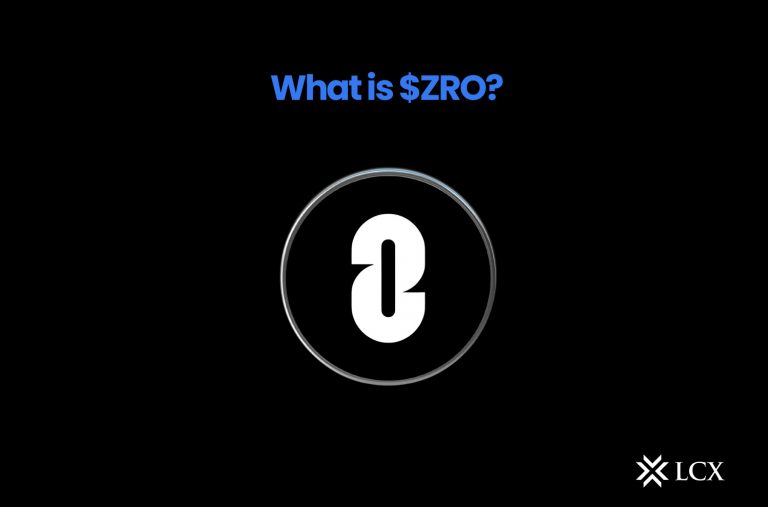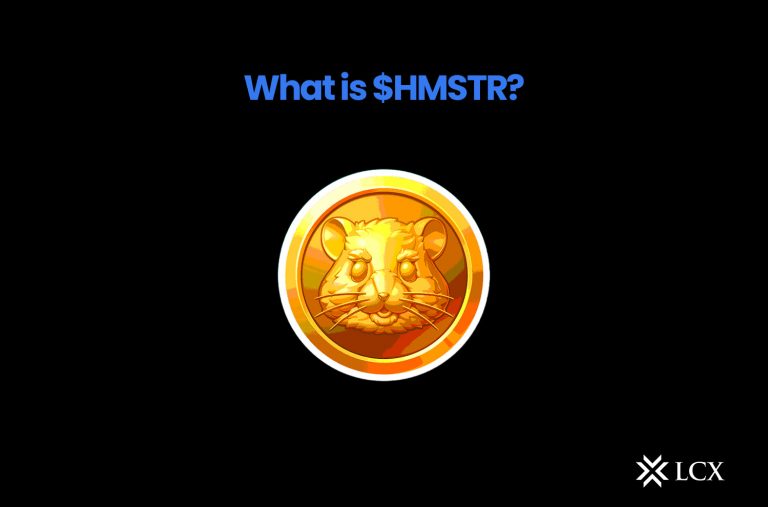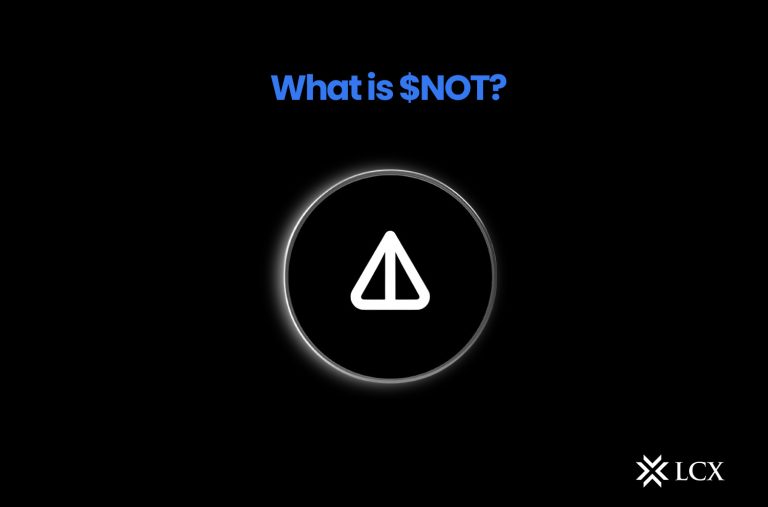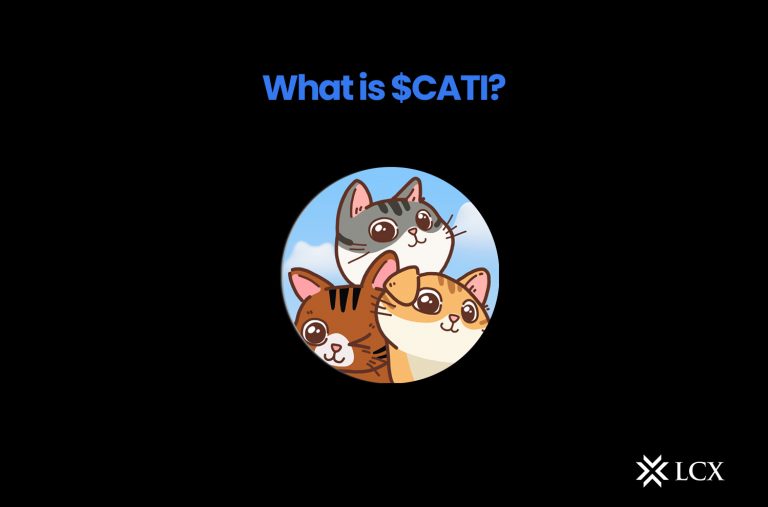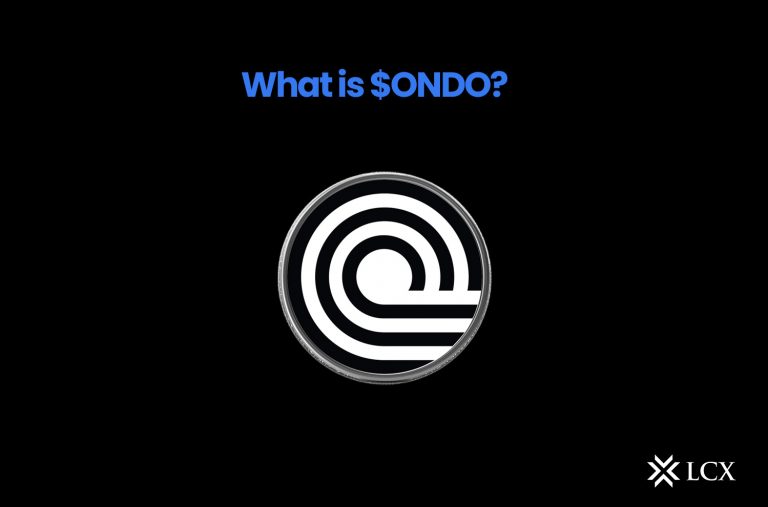In August 2021, prices for SOL — the cryptocurrency that helps power the smart-contract-compatible Ethereum competitor Solana — suddenly spiked from around $30 at the beginning of the month to around $75 three weeks in, drawing mainstream attention to the altcoin.
SOL got a boost from one of the biggest crypto trends of the summer: the launch of a primate-themed NFT collectible project. Specifically, the Degenerate Ape Academy NFTs, the first major NFT project to launch on the Solana blockchain. But what exactly is Solana?
Like Ethereum, Solana is both a cryptocurrency and a flexible platform for running crypto apps — everything from Degenerate Apes to the Serum decentralized exchange (or DEX). Its major innovation is speed, via a bundle of new technologies, including a consensus mechanism called proof of history. Solana can process around 50,000 transactions per second — compared to 15 or less for Ethereum (the ETH2 upgrade, which is currently underway, is designed to make Ethereum much faster than it is now).
Because Solana is so fast, congestion and fees remain low. Developers hope high speeds and low fees will eventually enable Solana to scale to compete with centralized payment processors like Visa. Solana’s native cryptocurrency is SOL. It’s used to pay transaction fees and for staking. SOL is available to buy and sell via exchanges like LCX.
Trade $SOL at LCX Exchange
Sign InWhat makes Solana unique?
When Bitcoin was invented more than a decade ago, it solved a really tricky problem: how to make it possible for strangers anywhere in the world to make financial transactions over the internet without a payment processor like Visa or PayPal in the middle.
The technology that makes decentralized transactions possible — and which created the whole universe of cryptocurrencies we now know — is called a blockchain. But blockchains typically have one major downside compared to centralized networks like the ones credit-card companies use: they’re slow. As of August 2021, Ethereum typically processes fewer than 15 transactions per second, compared to tens of thousands for Visa’s network.
Solana is one of many new crypto solutions aiming to make crypto networks faster and more scalable. It uses a suite of clever technologies, including a novel mechanism called “proof of history.”
Who Created Solana (SOL)?
Solana was first conceptualized by Anatoly Yakovenko in 2017, who sought a decentralized network of nodes that could match the performance of a single node. The Solana blockchain is guided by Solana Labs as a core contributor, while also being supported by the Solana Foundation, a Swiss-based non-profit dedicated to growing the community and funding development.
Yakovenko and his team began receiving funds in 2018 as part of Solana Labs. The team privately raised over $20 million in a Series A that spanned several months into 2019. After its mainnet launch in March 2020, Solana raised an additional $1.76 million in a public token sale carried out by cryptocurrency auction.
How Does Solana Work?
The Solana network offers many features common to other cryptocurrency networks such as smart contracting, transaction settlement, and token issuance. However, to distinguish itself from others, Solana hopes to offer better settlement speeds and a higher capacity for transactions.
Solana Network Architecture
Solana aims to achieve scalability through it’s network design and operates with eight core components to do so:
Proof-of-History – Global clock referenced to create a common schedule across all participants.
Gulf Stream – Defines when and how transactions are exchanged.
Sealevel – Processing engine that assigns the order and execution of transactions.
Turbine – Defines how nodes validate transactions (also known as validators) send and receive blocks.
Cloudbreak – Memory mechanism used to keep track of participant balances
Pipeline – Verifies each component of a transaction.
Archivers – Network of nodes where data is off-loaded from validators and stored in perpetuity.
While technologically complex and intricate, each component is meant to optimize the amount of transactions Solana can execute without sharding its chain or using a layer 2 network.
Solana Delegated Proof-of-Stake Consensus
To secure its blockchain, Solana created a consensus mechanism called Tower BFT that incorporates what is commonly referred to as delegated proof-of-stake (DPoS).
DPoS uses a voting and reputation system to secure the network, validate transactions, and distribute newly minted SOL, meaning that anyone who owns SOL tokens (sometimes referred to as SOL coins) can help operate the network.
Each SOL token can be locked, or “staked,” by participants (“nodes”) to both participate in governance and increase the chances of being chosen to produce blocks.
Participants can also choose to delegate their SOL to other validators, allocating votes to them while earning a portion of the block rewards.
Why Does SOL Coin Have Value?
The SOL cryptocurrency plays a key role in maintaining and operating the Solana ecosystem.
Solana rewards validators and delegators with a portion of the newly minted SOL along with transaction fees based on the amount of SOL staked, the set inflation rate, and the complexity and amount of transactions on the network.
By owning SOL tokens, users can also access the suite of projects that have been built on the Solana network.
Similar to Ethereum, Solana enables developers to run custom smart contracts and design decentralized applications (dapps) to offer digitized products and services. Examples include Serum, an order-book style decentralized exchange service, and Raydium, an automated market maker (AMM) that provides liquidity to its ecosystem.
Why Use Solana (SOL)?
Users may find Solana appealing based on its attempt to create a scalable platform for decentralized applications without implementing sharding or second-layer technologies.
Further, developers may find the platform attractive for products and services that warrant a high volume of activity. Investors may seek to buy SOL and add it to their portfolio if they believe the market will one day favor more scalable blockchains.
Where Can You Buy SOL?
You can buy, trade, and deposit XRP tokens at the LCX exchange. The trading pairs for XRP tokens are: SOL/EUR & SOL/LCX


